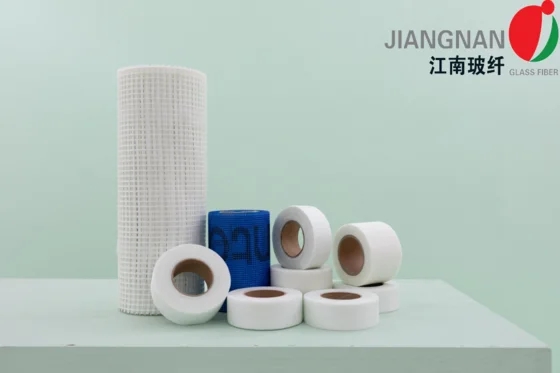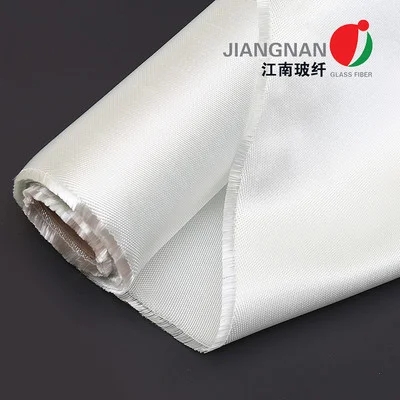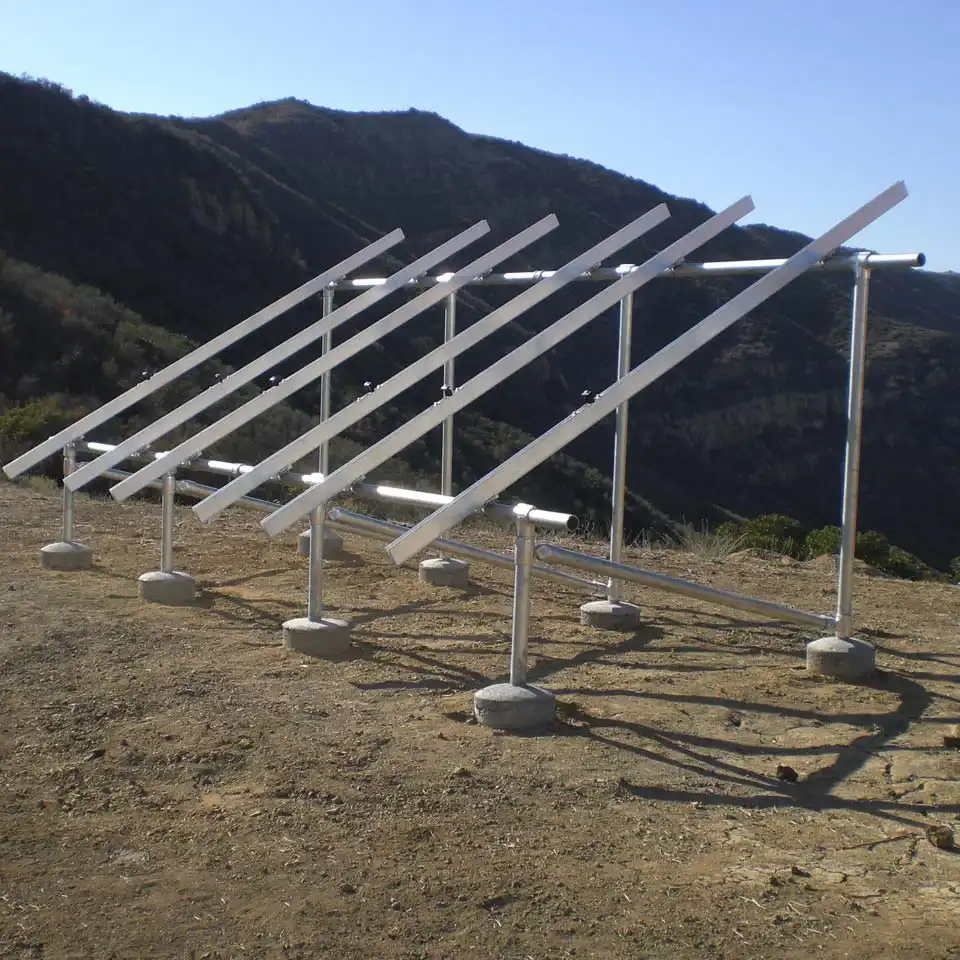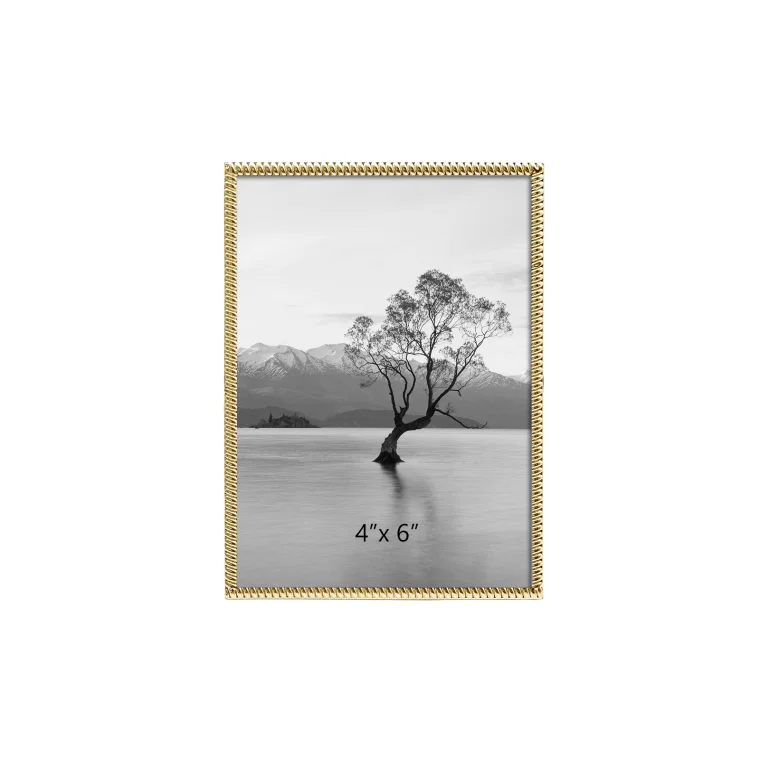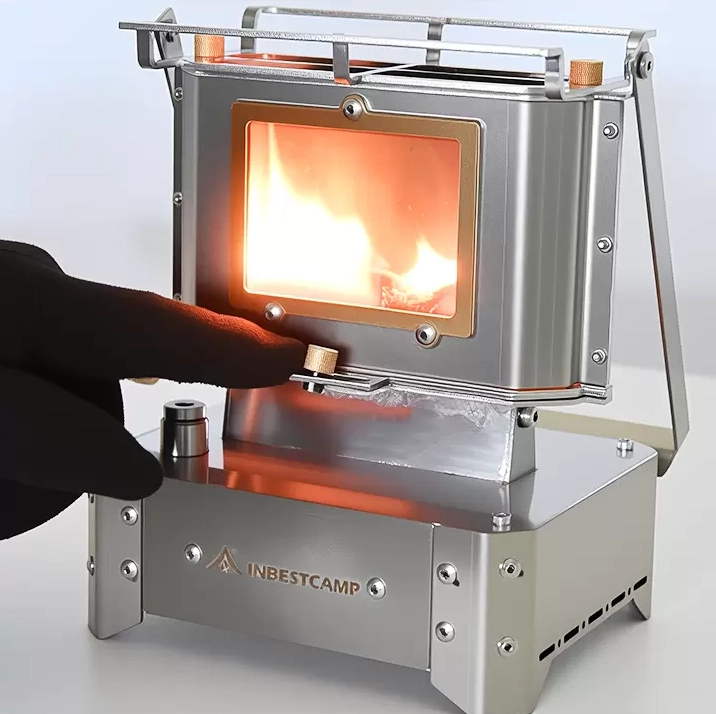Choosing the Right Armor: A Comprehensive Guide to the Best Metals for Cladding
When it comes to architectural design and construction, cladding serves as both a protective layer and an aesthetic enhancement. The choice of metal for cladding is crucial, as it impacts not only the building's appearance but also its durability, energy efficiency, and maintenance requirements. In this article, we will explore the best metals for cladding, considering various factors such as corrosion resistance, thermal performance, weight, and cost-effectiveness.
Understanding Cladding
Cladding refers to the application of one material over another to provide a skin or layer, which can serve multiple purposes, including insulation, weather resistance, and visual appeal. Metals are a popular choice for cladding due to their strength, longevity, and versatility. However, not all metals are created equal, and selecting the right one requires a nuanced understanding of their properties.
Key Considerations for Metal Cladding
- Corrosion Resistance: One of the primary concerns when selecting metal for cladding is its ability to withstand environmental factors. Metals like aluminum and stainless steel are known for their excellent corrosion resistance. Aluminum, in particular, forms a protective oxide layer that prevents further oxidation, making it ideal for coastal areas where salt exposure is a concern.
- Thermal Performance: The thermal conductivity of the metal can significantly affect the building's energy efficiency. Metals with high thermal conductivity, such as copper, can help in passive heating and cooling strategies. However, they may require additional insulation to mitigate heat loss. Conversely, metals like zinc have lower thermal conductivity, making them suitable for energy-efficient designs.
- Weight and Structural Integrity: The weight of the cladding material can influence the overall structural design of the building. Lightweight metals, such as aluminum, reduce the load on the building's framework, allowing for more flexible architectural designs. On the other hand, heavier metals like steel may require more robust structural support but offer superior durability and strength.
- Aesthetic Appeal: The visual impact of metal cladding cannot be overlooked. Different metals offer distinct finishes and colors, allowing architects to achieve various design aesthetics. For instance, copper develops a beautiful patina over time, while zinc can provide a sleek, modern look. The choice of metal can thus significantly influence the building's character.
- Cost-Effectiveness: Budget constraints are a reality in any construction project. While metals like copper and titanium offer exceptional performance and aesthetics, they come at a premium price. Aluminum and galvanized steel are often more cost-effective alternatives that still provide good performance and durability.
The Best Metals for Cladding
- Aluminum: Lightweight, corrosion-resistant, and available in a variety of finishes, aluminum is one of the most popular choices for cladding. Its malleability allows for intricate designs, and it can be easily recycled, making it an environmentally friendly option.
- Stainless Steel: Known for its strength and resistance to corrosion, stainless steel is ideal for urban environments where pollution can accelerate deterioration. Its sleek appearance and durability make it a favorite for modern architectural designs.
- Zinc: Zinc is gaining popularity due to its unique aesthetic and self-healing properties. When exposed to the elements, zinc develops a protective layer that prevents corrosion. It is also lightweight and can be easily formed into complex shapes.
- Copper: While more expensive, copper offers unparalleled beauty and longevity. Its ability to develop a patina adds character to buildings over time. However, its high thermal conductivity requires careful consideration in energy-efficient designs.
- Galvanized Steel: This cost-effective option is coated with zinc to enhance its corrosion resistance. Galvanized steel is durable and can withstand harsh weather conditions, making it suitable for a variety of applications.
Conclusion
Choosing the best metal for cladding involves a careful evaluation of various factors, including corrosion resistance, thermal performance, weight, aesthetic appeal, and cost. Each metal has its unique advantages and disadvantages, and the ideal choice will depend on the specific requirements of the project. By understanding the properties of different metals, architects and builders can make informed decisions that enhance the performance and appearance of their structures.
